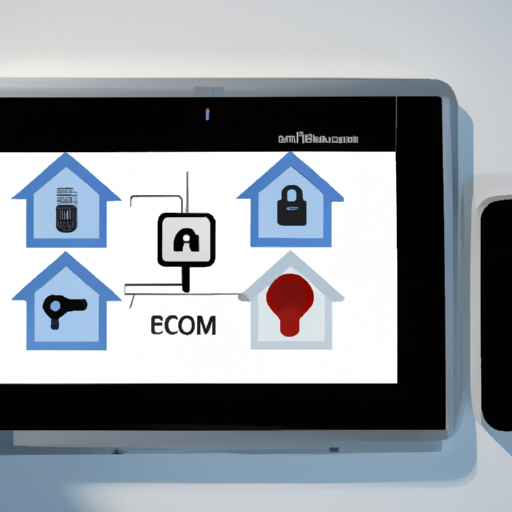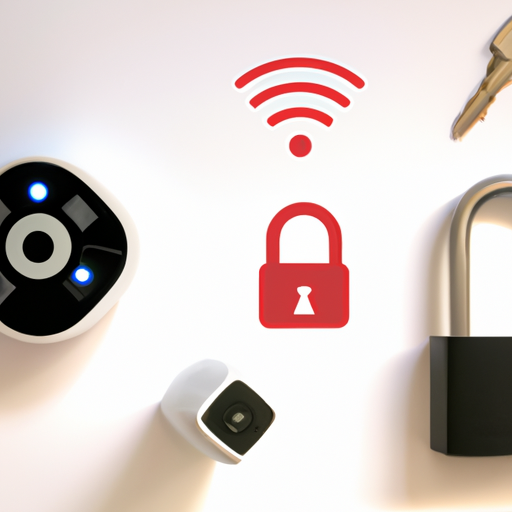
The Evolution of Home Security: Smart Home Automation vs. Traditional Systems
Hey there, fellow CCTV enthusiasts! Today, let’s dive into the fascinating world of home security and discuss the evolution of smart home automation versus traditional systems.
Traditional Systems: The OGs of Home Security
Back in the day, traditional home security systems were the go-to option for keeping our homes safe. These systems typically included alarm systems, motion sensors, and CCTV cameras, all connected to a central monitoring station.
While traditional systems have been effective in deterring burglars and protecting homes, they do have their limitations. They can be prone to false alarms, require professional installation, and lack the convenience of remote access.
Smart Home Automation: The Future is Now
Enter smart home automation, the cutting-edge technology that has revolutionized the way we think about home security. With smart devices like smart locks, video doorbells, and integrated CCTV cameras, homeowners can now control and monitor their security systems from their smartphones.
Not only do smart home automation systems offer increased convenience and flexibility, but they also provide advanced features like facial recognition, voice control, and customizable alerts. Plus, many smart devices are DIY-friendly, making installation a breeze for tech-savvy homeowners.
Choosing the Right System for You
When it comes to choosing between smart home automation and traditional systems, it ultimately comes down to your personal preferences and budget. Traditional systems may be more reliable for those who prefer a hands-off approach, while smart home automation offers a higher level of customization and control.
As a CCTV installer, I’ve seen firsthand the benefits of both systems. While traditional systems have their place in the security industry, I have to admit that the future is looking pretty bright with smart home automation on the rise.
